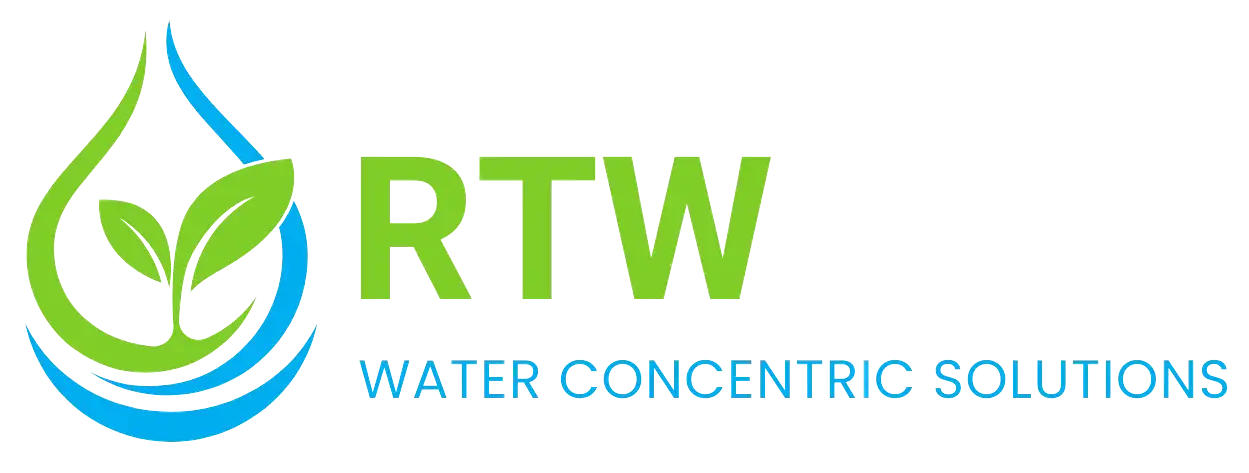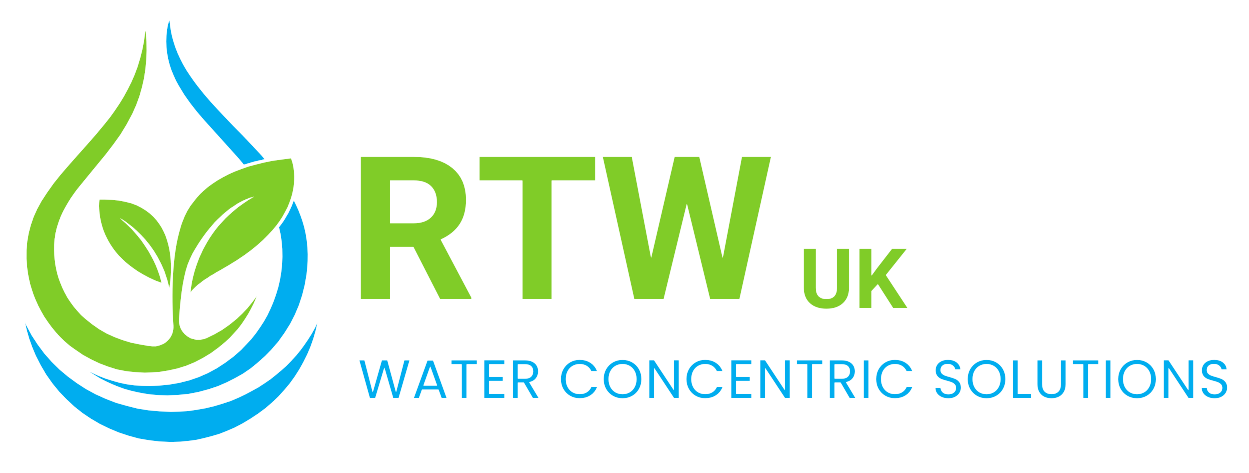Multi effect Evaporator
- Multi effect Evaporator
Industrial Application of Multi-Effect Evaporation
Water-intensive industries across the Middle East require technologies that minimize liquid waste while enabling the recovery of reusable water. A multi-effect evaporator system provides an efficient framework for both wastewater concentration and resource recovery. Optimizing heat usage across multiple stages helps reduce operational costs and supports long-term sustainability goals, including Zero Liquid Discharge (ZLD).

Operating Principle of Multi-Effect Evaporators
The principle of multi-effect evaporation is based on stepwise heating and vapor reuse. Wastewater is evaporated in one stage. The vapor generated is then utilized as the heating medium for the next stage. This approach allows high thermal efficiency while lowering energy consumption.
Key Process Phases
Preheating
Incoming wastewater is preheated to reduce the overall thermal load.
Evaporation
Heat is applied in the first stage, so it converts water into vapor and separates it from dissolved impurities.
Energy Recycling
Vapor from one effect is used to drive evaporation in the next to ensure minimal energy wastage.
Concentration
Dissolved solids and salts remain behind, and it progressively forms a concentrated stream.
Condensation
The vapor is condensed and collected as distilled water. It is suitable for reuse or compliant discharge.
Advantages of Multi-Effect Evaporators
Energy Optimization
Efficient use of vapor across multiple stages reduces fuel and power consumption.
High Water Recovery
Generates clean water suitable for reuse in industrial processes.
Adaptability
Handles effluent streams with high Total Dissolved Solids (TDS) and allows recovery of by-products such as salts and chemicals.
Custom Design
Configurable for different wastewater loads and industry-specific requirements.
Environmental Alignment
Supports compliance with wastewater discharge and ZLD regulations.
Industrial Applications
Zero Liquid Discharge (ZLD)
Central to achieving ZLD by concentrating effluent and producing reusable water.
Chemical and Petrochemical
It recovers acids, salts, and other valuable compounds.
Textile and Dyeing
Suitable for high-TDS effluents with complex dye content.
Food and Beverage
It reduces liquid waste while enabling water recovery.
Pharmaceutical
It treats challenging waste streams under strict compliance standards.
RTW integrates multi-effect evaporator system designs into large- and medium-scale facilities across the region. Each installation is engineered to maximize efficiency and reduce reliance on freshwater while meeting stringent local regulations. Our solutions ensure measurable environmental performance while supporting long-term industrial water security.

